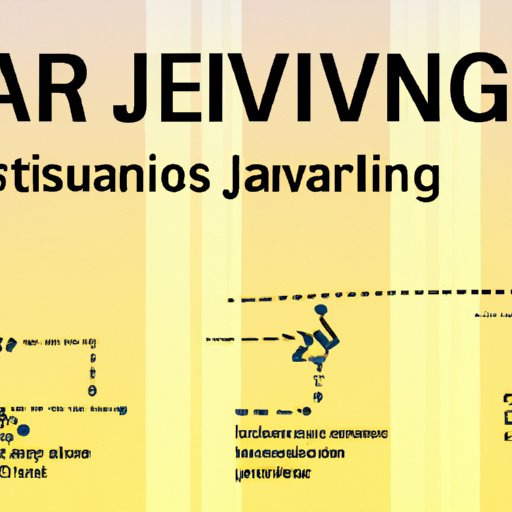Introduction
Artificial Intelligence (AI) is a rapidly growing field of computer science that focuses on the development of intelligent machines that can think, learn, and act in ways similar to humans. AI systems are being developed to automate tasks, solve complex problems, and even interpret human emotions. In recent years, AI has become increasingly popular in various fields, from healthcare to transportation. One of the most iconic AI systems is Jarvis, the personal assistant created by Tony Stark in the Marvel Cinematic Universe.

History and Development of AI Systems like Jarvis
Jarvis is a fictional artificial intelligence system created by Tony Stark, the superhero Iron Man. Jarvis assists Stark with various tasks, ranging from managing his home to providing advice during combat. Although Jarvis is a fictional character, the idea of creating a virtual assistant is not new. AI systems have been used for decades to automate complex tasks or provide assistance to users. Early examples include ELIZA, a natural language processing program developed in 1966, and ALICE, a chatbot developed in 1995. More recently, voice assistants such as Apple’s Siri and Amazon’s Alexa have become popular tools for consumers.
Components of an AI System
Creating an AI system requires several components, including programming languages, data structures, and algorithms. Programming languages are used to write code that instructs the computer on how to process, store, and analyze data. Common programming languages used for AI include Python, Java, and C++. Data structures are used to store and organize information, while algorithms are used to define the rules and processes that the computer follows when performing tasks. Common algorithms used for AI include decision trees, neural networks, and genetic algorithms.
Training an AI System
Once the components of the AI system are in place, the next step is to train it. Training an AI system involves feeding it data and teaching it to recognize patterns, make decisions, and take actions. This can be done using either supervised learning, unsupervised learning, or reinforcement learning. Supervised learning involves providing the AI system with labeled data, which it uses to learn how to classify objects. Unsupervised learning involves providing the AI system with unlabeled data, which it uses to discover patterns and relationships in the data. Reinforcement learning involves providing the AI system with rewards and punishments, which it uses to learn how to optimize its behavior.

Challenges and Opportunities of Creating an AI System
Creating an AI system presents both challenges and opportunities. On the technical side, AI systems require powerful hardware and software to run efficiently. Additionally, AI systems must be able to handle large amounts of data and process them quickly. On the financial side, AI systems can be costly to develop and maintain. Finally, there are security concerns surrounding the use of AI systems, as they can be vulnerable to malicious attacks.
Step-by-Step Guide to Building an AI System like Jarvis
Building an AI system like Jarvis requires careful planning and execution. The following steps should be followed:
- Select a Programming Language: Select a programming language that will be used to write the code for the AI system. Popular choices include Python, Java, and C++.
- Gather Data: Gather data that can be used to train the AI system. This may include text, images, audio, or video files.
- Train the AI System: Train the AI system using supervised learning, unsupervised learning, or reinforcement learning. This involves providing the AI system with labeled or unlabeled data, along with rewards and punishments.
- Test and Validate: Test and validate the AI system to ensure that it is working properly. This may involve running simulations or conducting user tests.
- Deploy the AI System: Deploy the AI system in the real world. This may involve integrating the AI system into an existing application or creating a standalone AI system.
Conclusion
Building an AI system like Jarvis requires careful planning and execution. It is important to select the right programming language, gather the necessary data, train the system using supervised, unsupervised, or reinforcement learning, test and validate the system, and deploy it in the real world. With the right resources and dedication, anyone can create their own AI system like Jarvis.
(Note: Is this article not meeting your expectations? Do you have knowledge or insights to share? Unlock new opportunities and expand your reach by joining our authors team. Click Registration to join us and share your expertise with our readers.)
